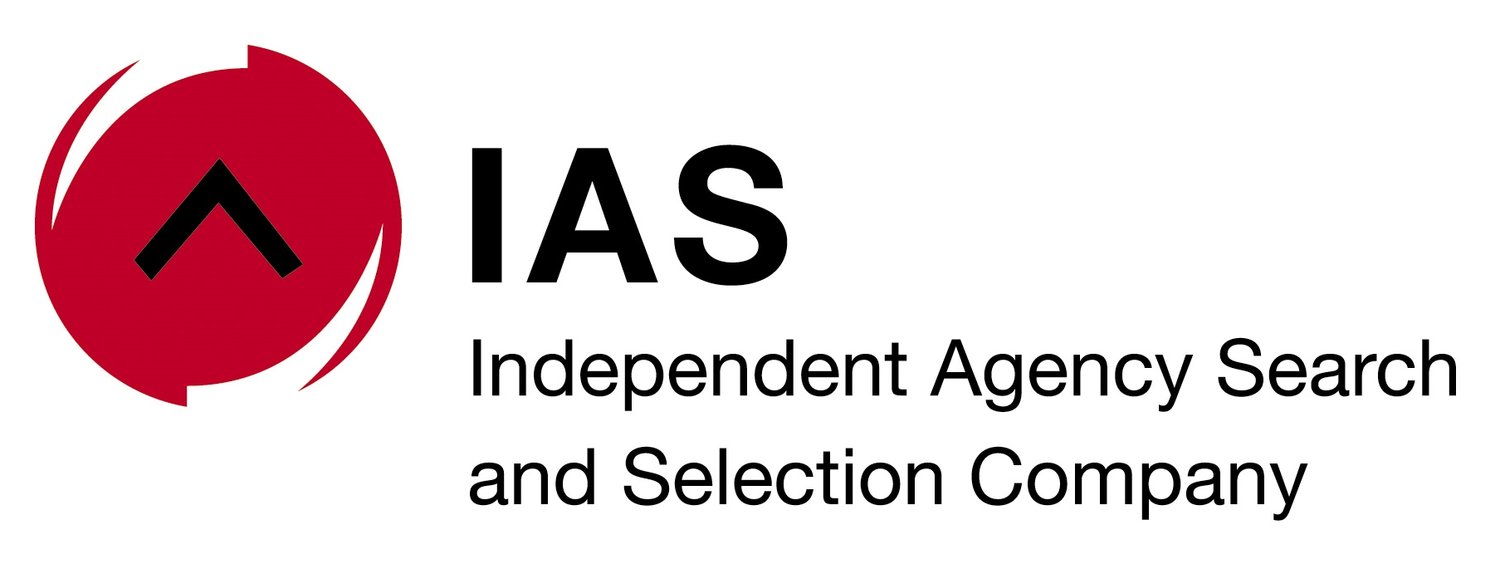The pitch is over, a new agency has been appointed and the incumbent agency has to hand over – this is when the going can get tough.
When a client chooses a new agency, it’s usually a trying time for the previous one. The new firm is looking to get started as quickly as possible, and the client has likely got a string of briefs to give the winning agency. In short, it’s the easiest time for things to go wrong, unless all participants follow best practice from day one.
The process requires a lot of thought, time and effort to get right, and one misstep can result in an outgoing agency being contacted for months after the handover with requests about previous work. To save all parties time and angst, a single point of contact is crucial to ensure previous work is available and to be able to answer everything the incoming team may ask.
All four parties should ideally meet at the client’s office – suggesting otherwise is not only unprofessional but also bad practice. The two agencies will be more comfortable outside of each other’s space.
These meetings are best conducted in person, and not online. Teams, WhatsApp, e-mail, WeTransfer – regardless of how popular – do not provide the security required by most companies exchanging data or the assurance that all the data arrives in order.
Data privacy and compliance requirements must be met too. Using a variety of online platforms cannot guarantee that, especially as every item must be copied twice. That’s why we recommend saving all the handover documents onto a hard drive for the client and then duplicating it for the new agency.
At the in-person meeting, the outgoing agency’s printed list describing everything that can be found on the hard drive can be checked. This means the client or the new agency, or both, will be able to ask questions immediately if something sounds amiss. Naming conventions, date and time indications and anything else that makes finding work from a few years ago easy should be used.
If this sounds pedantic, it is – and for good reason. If there are outstanding items, the outgoing agency will note and then copy the required documents and re-save them to both hard drives. But this rarely happens, and if the preparation has been done properly before the meeting, what sounds like an ordeal should actually be painless.
An independent party is able to facilitate a painless process, reduce any potential animosity or unpleasantness and, worst of all, delays.
So, with hard drives in hand, the responsibility becomes that of the client and the new agency to make time to check that they can pick up the work and run with it as quickly as possible. The history contained on the hard drives will show how the account was run and what work the client had in the past, often including years relating to specific brands.
With access to this in one place and a touchpoint to contact with queries, the new agency is able to start work with speed and the original agency need not spend unnecessary time on a previous client.
Though a handover means a client lost for one party and one gained for another, it does not have to be an unpleasant, time-consuming experience.
Read this online here

